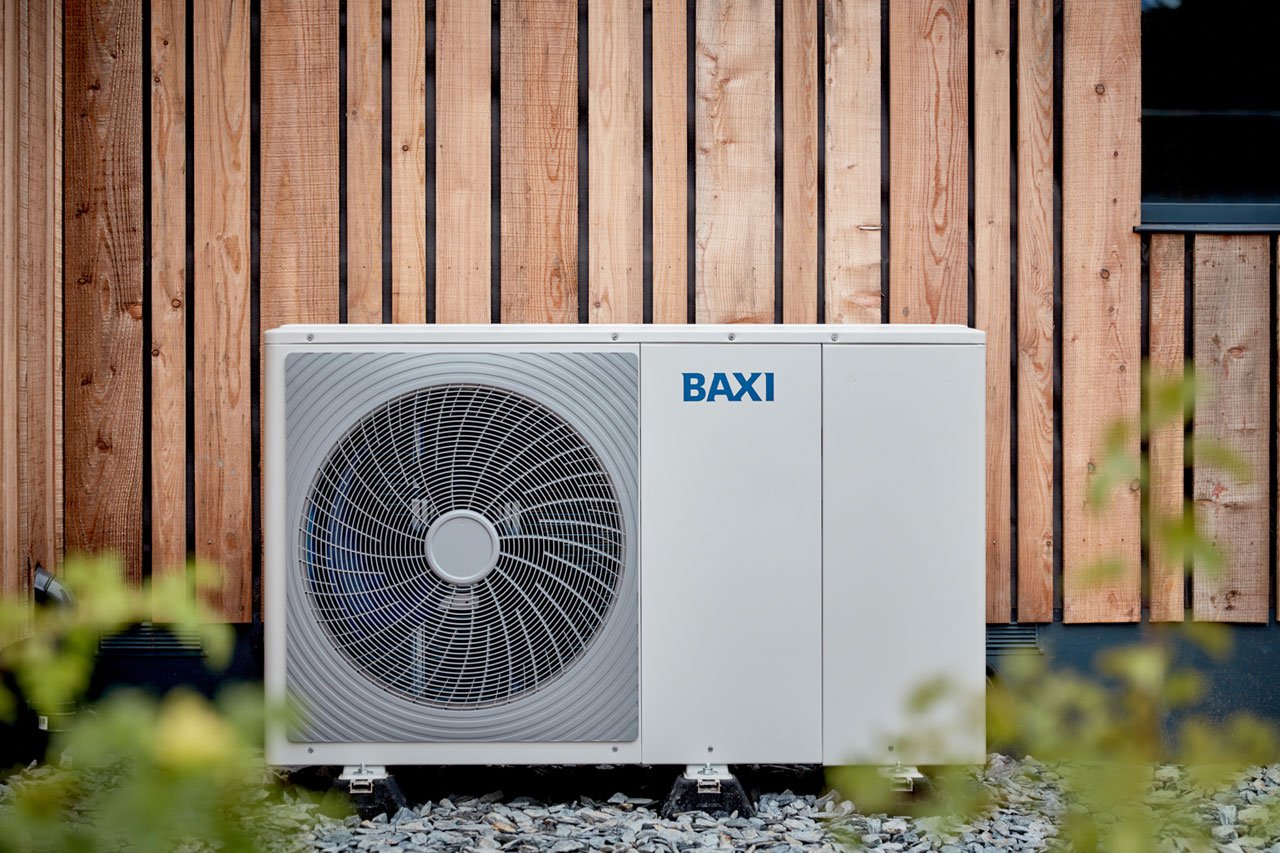What is an air source heat pump?
Air source heat pumps are generally 300 – 400% efficient. The efficiency of a heat pump is commonly termed as Coefficient of Performance (COP). This means that for every 1kW of electrical energy input, they provide between 3kW and 4kW of heat energy output. SCOP is the Seasonal Co-efficiency of Performance. This is an annual efficiency value that takes into consideration year round ambient conditions and load on the heat pump.
Like all renewables, the system must be designed and installed to maximise the efficiency of the technology. With ASHPs this means, accurate heat losses to correctly size the heat pump and lower flow temperatures to maximise COPs. Heat pumps are designed to operate continuously adapting to the heating demands as they happen. We have invested in extensive simulation software to ensure the system design, heat pump size and expected performance are validated and benchmarked.
Air source heat pumps are generally more suited to modern heating designs, however not exclusively. They are a perfect match for new build properties that have modern building standards of insulation and air permeability. For retrofitting into existing buildings careful consideration must be given to the heat lost through poor insulation and air infiltration first.
In hard to heat properties, ASHPs can also be used with boilers to form a hybrid solution, providing a flexible heating source, to maximise performance and reduce running costs.






